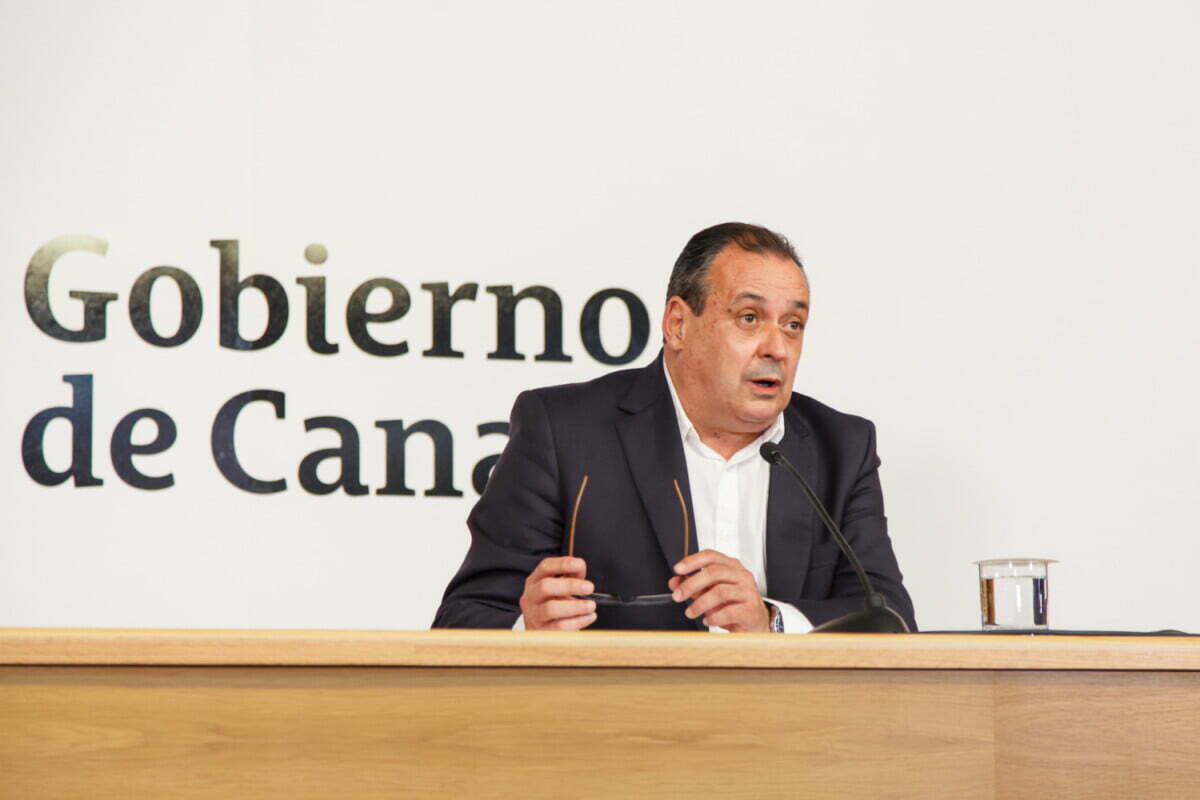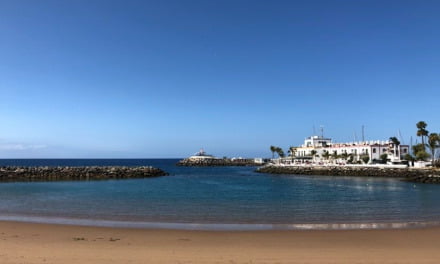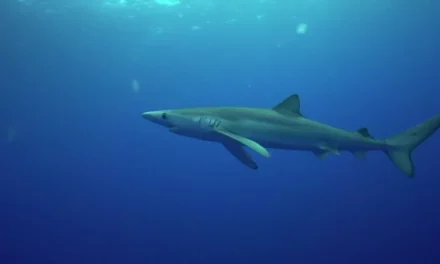Specific restriction measures for easter time in the Canary Islands will come into force from 00:00 on Friday, March 26 until April 9, Regional Minister for Health, Blas Trujillo, announced this Thursday, following the weekly Government Council meeting.
It will not be possible to travel between islands, regardless of the epidemiological alert levels for each one, unless you have proof of a negative PCR or antigen test, in order to reinforce protections against COVID-19. Mobility within the Archipelago will be allowed, but it will be necessary to have a negative test result, for which the regional Executive will not pay, Trujillo clarified.
Visitors from the Peninsula must also have a negative PCR and residents of the islands, such as students, may return, as one of the exceptions established by the Interterritorial Health Council for Easter, as the Canary Islands and the Balearic Islands will not have any perimeter closures though the rest of Spain’s autonomous communities will.
Controls at ports and airports in the Canary Islands autonomous community will be increased throughout the easter period to monitor compliance with these measures during those holidays, Trujillo said.
Meetings
In relation to the maximum number of people, who do not live together, attending family and social gatherings at Easter, and in closed or outdoor spaces for public and private use, the modifications introduced are in relation to the current regulations implying that in enclosed public or open air spaces, the maximum number of people indicated by the appropriate Alert Level for that island may not be exceeded, except by those who live in the same household.
Islands at Alert Levels 1 and 2 can have a maximum of 4 people at a gathering, that is, they will temporarily have the same regulation as those currently at Alert Level 3. If the group is made up of cohabitants and non-cohabitants, the maximum number of people established in each of the levels may not be exceeded.
Added to this people in private spaces will be limited to cohabitants at all alert levels.
Change of levels
Gran Canaria will go from the current reinforced Alert Level 2 up to the Alert Level 3 for coronavirus, said Trujillo. Although the increase of new daily COVID19 infections on Gran Canaria is “muffled, however, it is bullish and it is necessary to stop it,” he said.
The islands of Tenerife and Fuerteventura also rise to level 3, which, like Gran Canaria, are currently in the reinforced level 2. The increase in cases on these last two islands has been greater than on Gran Canaria, although on Fuerteventura there is serious concern about the pressure on hospitals that has led to the implementation of a contingency plan at the General Hospital on Fuerteventura.
These measures on Gran Canaria, Tenerife and Fuerteventura will come into effect at 00:00 on Sunday, March 21.
Among changes to level 3, gyms will be able to remain open at 33% capacity, the use of a masks, a separation of 2 meters and groups of no more than 4 people, including the monitor must be maintained.
With regard to Lanzarote, it will continue at level 2 and if the data continues satisfactorily, “in a short time they will drop to 1,” said the Minister of Health. La Palma, La Gomera and El Hierro remain at Alert Level 1.













